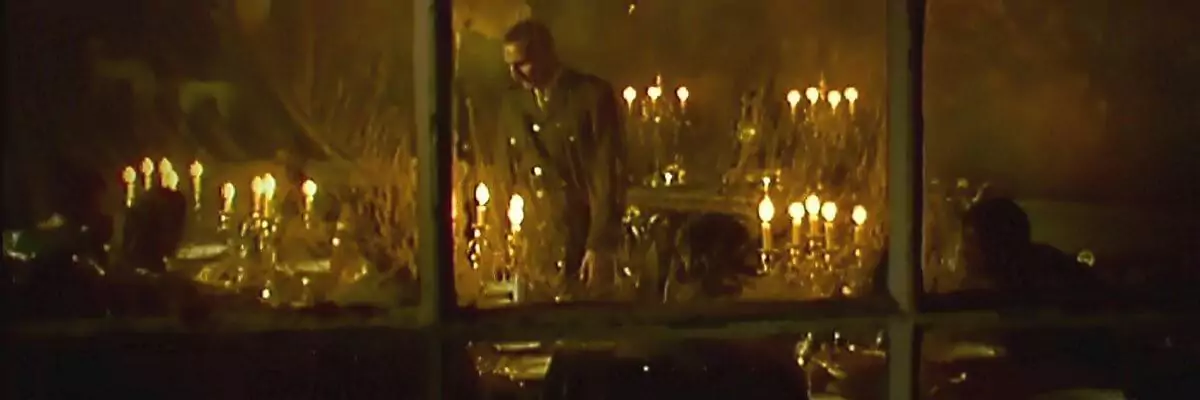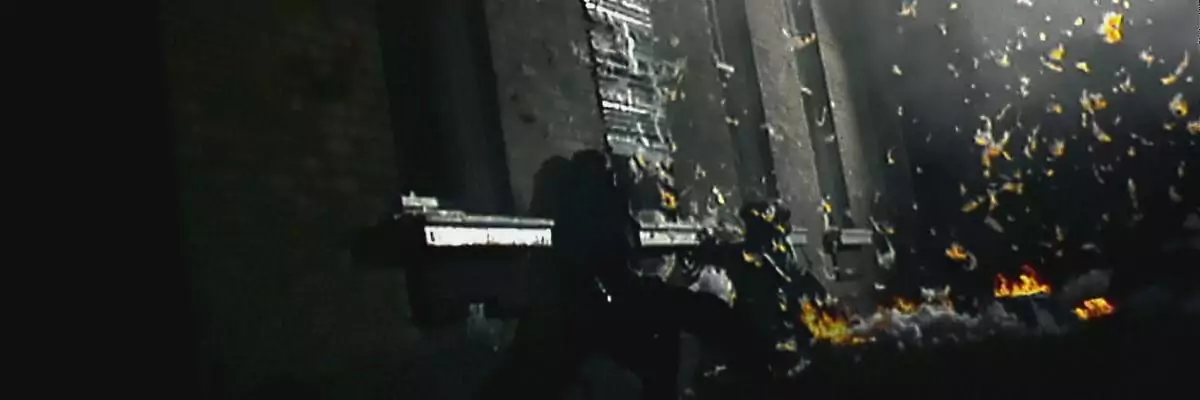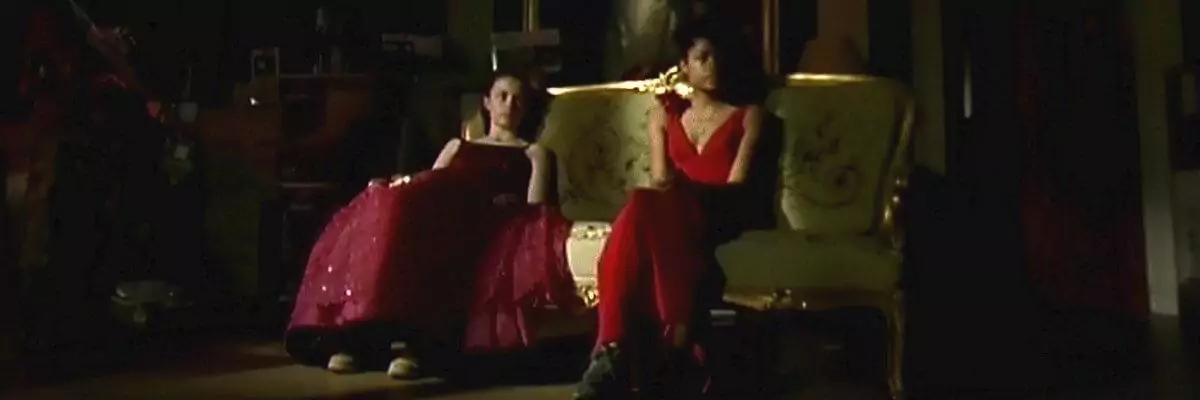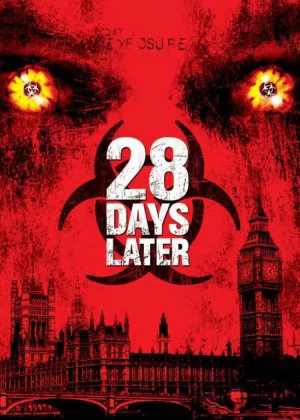28 Days Later...
If the Asian suspense wave helped to rekindle people's interest in the horror genre during the late 90s, the rest of the world was quick to follow. Danny Boyle, known to have a soft spot for genre cinema, jumped on the bandwagon and released 28 Days Later. A film that would help to revitalize the zombie niche while setting an example for aspiring European horror directors. We're 16 years later now, as good a time as any to revisit Boyle's film and see whether it was able to withstand the pressure of all the copycats, not to mention the evolutions within the genre.

As much as 28 Days Later is part of the 00s horror resurgence, it played an even bigger part in the acceptance of the Digital Video movement that was finding its way into feature cinema. It was still early days back then, so directors had to face some very real choices, picking between picture quality and mobility/ease of post production. Since 28 Days Later starts off in a demolished and abandoned Londen (ie very short shooting windows in actual London + a big need to fix and clean things up in post production), DV was the obvious choice. Without it, there probably wouldn't be a 28 Days Later today.
When Boyle decided to do 28 Days Later, the zombie genre was finding itself at a dead end. People were bored of the shuffling undead and very few directors still bothered with the old tropes. Turns out, all they needed was a little rabies, which apparently makes for some very speedy creatures. Enter the running undead. Though Boyle never drops the word "zombie" during the film (he takes the infected/virus route instead), there is no mistaking the niche this films belongs to and how it inspired others to return to the genre.
The virus finds its way into the world when a couple of environmentalists infiltrate a research facility and set free a bunch of infected monkeys. The virus spreads like a wildfire, but Boyle isn't all that interested in the first wave of infections. Instead he focuses on Jim, a bike courier who got hit by a car right before the infection started spreading. He wakes up in the hospital .... 28 days later, long after the virus sweapt through London and turned everyone it encountered. London is completely deserted and Jim has no idea what happened to the city he used to live in.

While DV made this film happen, there's no denying the picture quality is absolute crap. It's a little ironic they decided to release this film on Blu-Ray (and I'm sure we'll seee a 4K version at some point), when the original quality doesn't even support such resolutions. The quality is murky, shots are unclear and fuzzy and colors are harsh and unflattering. Still Boyle uses this to his advantage (beyond the obvious post production work) to create a bleak and uninviting world where the infected roam free. The cinematography really isn't all that bad, but you'll have to look through the poor quality to enjoy it.
The soundtrack is a little messy too, with Boyle working in lots of existing songs. He has a knack for it, but I must say that it doesn't really show here. There are times it works (kudos for including Brian Eno's An Ending (Ascent) - amazing track), other choices are less flatering, even destroying some of the meticulously built up tension. The sound effects are put to better use, especially during the attacks of the infected. Ultimately it's not quite up to Boyle's standards, but it's still better than most zombie films manage.
00s DV wasn't easy on the actors either. Film could really build up your character, DV showed you at your ugliest. Luckily Cillian Murphy could rely on talent rather than looks and cinematography, casting him as the film's lead was a stroke of genius. Naomie Harris and Brendan Gleeson do a great job assisting Murphy, the three of them make for a strong central trio. Since the rest of the world is mostly (un)dead, it's nice having a strong group of actors around, leading you through the distopian setting.

Revisiting 28 Days Later, it's obvious how much this film influenced zombie cinema (including TV productions - a series like The Walking Dead is greatly in debt to Boyle) in the years to come. A lot of what was original back then isn't so much anymore, but because of the unique setting, the strong cast, a solid third act (the film was written by Alex Garland) and Boyle's unescapable talent for genre cinema, 28 Days Later still works today. It's not quite the big event it used to be, but it's still a really effective horror film.
People with a soft spot for horror/zombie films have probably seen this one already. More than once. If you plan to revisit the film and it's been a while, know that the picture quality is probably going to be a lot worse than you remember, but the core quality remains. If you haven't seen it yet, there's still enough tension and original elements here to set it apart from other, more run of the mill zombie flicks. Boyle is a great director, even when he's shooting with a subpar DV cam. 28 Days Later is one of the best zombie films around and well on its way to become a bona fide genre classic.
